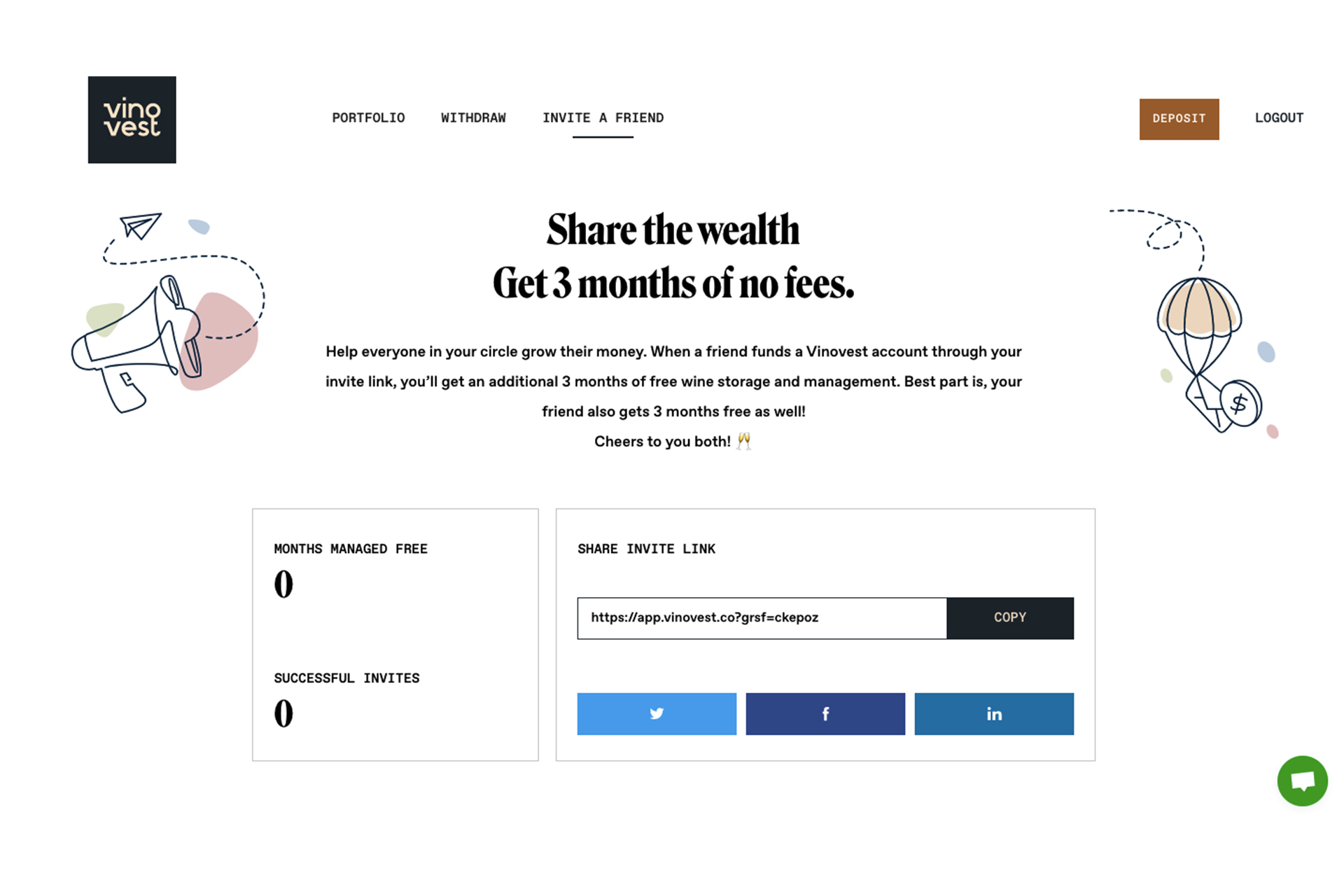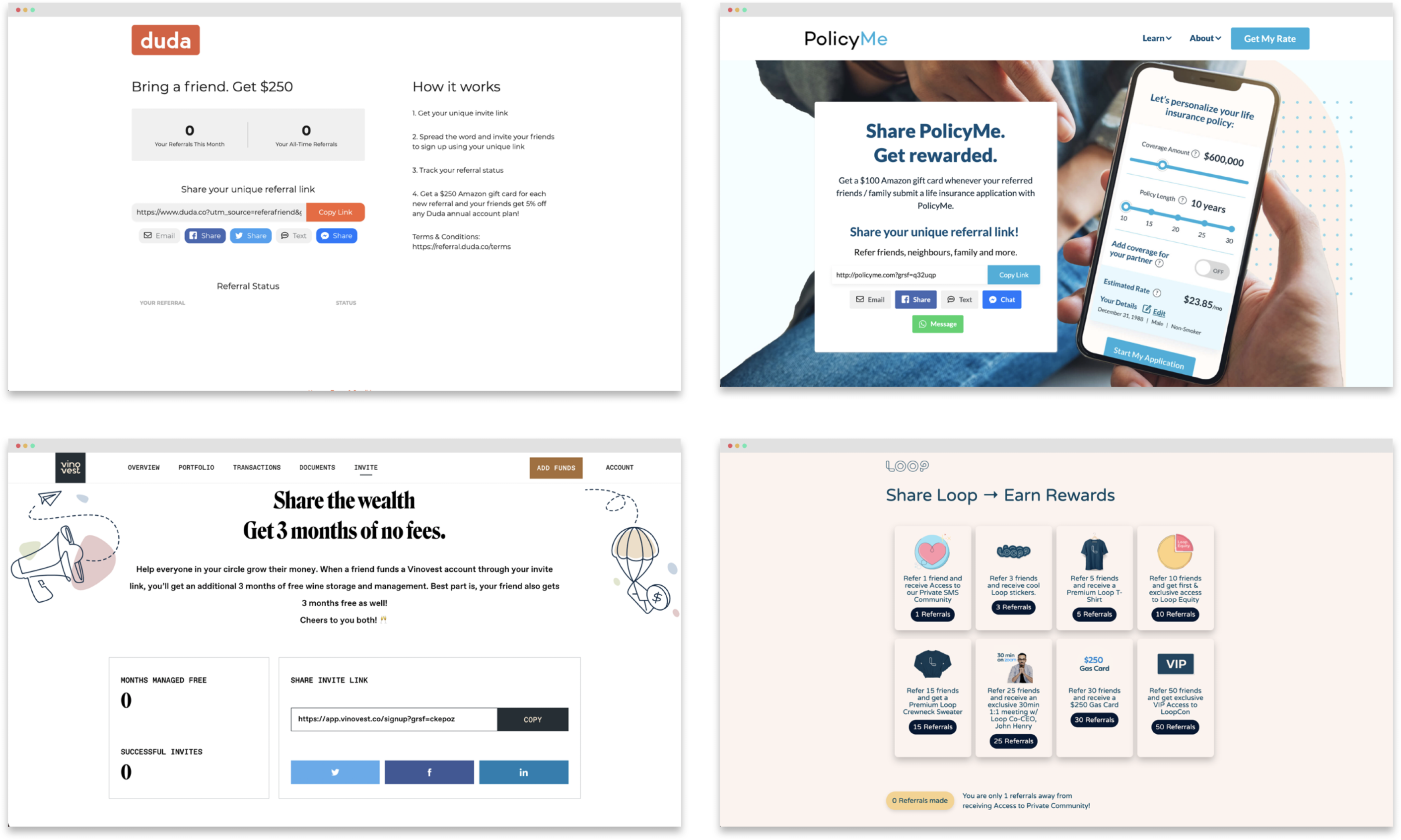Introduction
Understanding and maximizing customer lifetime value (CLV) is crucial for long-term success. CLV represents the total revenue a business can expect from a customer over the entire duration of their relationship. By accurately measuring and optimizing CLV, companies can make informed decisions about customer acquisition, retention strategies, and resource allocation.
This comprehensive guide will delve into the intricacies of customer lifetime value, exploring its definition, importance, calculation methods, and practical strategies for increasing it. Whether you're a seasoned business professional or an entrepreneur seeking to enhance your customer-centric approach, this article will equip you with the knowledge and insights necessary to unlock the full potential of CLV.
Table of Contents
- What is Customer Lifetime Value (CLV)?
- Why is CLV Important for Businesses?
- Calculating Customer Lifetime Value
- Key Metrics for CLV Calculation
- Strategies to Increase Customer Lifetime Value
- Best Practices for CLV Management
- Conclusion
Build your customer referral program without the dev time
Sign up for a free trial of GrowSurf to lower your customer acquisition costs, increase customer loyalty, and save gobs of time.

What is Customer Lifetime Value (CLV)?
Customer lifetime value (CLV) is a metric that measures the total revenue a business can reasonably expect from a single customer account throughout the entire business relationship. It considers both the customer's revenue value and the company's predicted customer lifespan, providing a comprehensive view of a customer's worth to the organization.
CLV can be calculated in two ways: historic CLV and predictive CLV.
Historic CLV
Historic CLV is a retrospective measure that looks at the total revenue generated by an existing customer over the course of their relationship with the business. It is calculated by summing up all the purchases made by the customer to date.
While historic CLV provides valuable insights into the past performance of a customer, it does not account for future behavior or potential changes in the customer's purchasing patterns.
Predictive CLV
Predictive CLV, on the other hand, is a forward-looking approach that uses advanced algorithms and machine learning techniques to forecast a customer's future behavior and potential revenue contribution. It takes into account various factors, such as customer acquisition costs, average purchase frequency, customer retention rates, and business overheads, to provide a more accurate estimate of a customer's lifetime value.
Predictive CLV is particularly useful for businesses that operate in dynamic environments or have long-term customer relationships, as it helps anticipate future trends and make data-driven decisions.
Why is CLV Important for Businesses?
Understanding and optimizing customer lifetime value is crucial for businesses for several reasons:
-
Cost-Effective Customer Acquisition: Acquiring new customers can be expensive, often involving significant marketing and advertising costs. By focusing on maximizing the lifetime value of existing customers, businesses can reduce the need for constant customer acquisition efforts, leading to cost savings and improved profitability.
-
Targeted Retention Strategies: CLV analysis helps identify high-value customers, allowing businesses to develop targeted retention strategies and personalized experiences to keep these customers engaged and loyal.
-
Resource Allocation: With a clear understanding of CLV, businesses can allocate resources more effectively, investing in initiatives and campaigns that cater to high-value customers while minimizing efforts on low-value segments.
-
Improved Forecasting and Planning: By accurately predicting future revenue streams based on CLV, businesses can make more informed decisions regarding inventory management, capacity planning, and financial forecasting.
-
Competitive Advantage: Companies that excel at maximizing customer lifetime value often enjoy a significant competitive advantage, as they can offer superior customer experiences and build stronger, more profitable relationships with their customer base.
Calculating Customer Lifetime Value
Calculating customer lifetime value involves several steps and considerations, depending on whether you are using historic or predictive CLV.
Historic CLV
Historic CLV is relatively straightforward to calculate. It involves summing up all the revenue generated by a customer over the course of their relationship with the business. For example, if a customer has made purchases totaling $5,000 over a five-year period, their historic CLV would be $5,000.
While historic CLV provides a clear picture of past performance, it does not account for future behavior or potential changes in the customer's purchasing patterns.
Predictive CLV
Predictive CLV is more complex and involves the use of advanced algorithms and machine learning techniques. It takes into account various factors, such as customer acquisition costs, average purchase frequency, customer retention rates, and business overheads, to provide a more accurate estimate of a customer's lifetime value.
Predictive CLV models can be based on historical data, but they also incorporate external factors and trends to make more accurate predictions about future customer behavior.
CLV Calculation Formula
The most commonly used formula for calculating customer lifetime value is:
CLV = (Average Purchase Value × Purchase Frequency Rate) × Customer Lifespan
In this formula:
- Average Purchase Value is the average amount a customer spends per transaction.
- Purchase Frequency Rate is the average number of purchases a customer makes within a specific period (e.g., annually).
- Customer Lifespan is the average duration of a customer's relationship with the business, typically measured in years.
It's important to note that this formula is a simplified version, and businesses may need to adjust it based on their specific circumstances, such as factoring in customer acquisition costs, retention rates, and other relevant variables.
Key Metrics for CLV Calculation
To accurately calculate customer lifetime value, businesses need to track and analyze several key metrics. These metrics not only contribute to the CLV calculation but also provide valuable insights into customer behavior and purchasing patterns.
Average Purchase Value
The average purchase value (APV) represents the average amount a customer spends per transaction. It is calculated by dividing the total revenue generated within a specific period by the number of transactions during that same period.
APV = Total Revenue / Number of Transactions
Tracking APV can help businesses identify opportunities to increase the value of each transaction through upselling, cross-selling, or pricing strategies.
Purchase Frequency Rate
The purchase frequency rate (PFR) measures how often a customer makes purchases within a given period, typically a year. It is calculated by dividing the total number of purchases by the number of unique customers who made those purchases.
PFR = Total Number of Purchases / Number of Unique Customers
Understanding PFR can provide insights into customer engagement and loyalty, helping businesses develop strategies to encourage repeat purchases and increase customer retention.
Customer Value
Customer value (CV) represents the average revenue a customer generates for the business over a specific period. It is calculated by multiplying the average purchase value by the purchase frequency rate.
CV = Average Purchase Value × Purchase Frequency Rate
Customer value is a crucial metric for segmenting customers based on their revenue contribution and tailoring marketing and retention efforts accordingly.
Customer Lifespan
Customer lifespan (CL) is the average duration of a customer's relationship with the business, typically measured in years. It is calculated by dividing the total customer lifespan by the number of customers.
CL = Total Customer Lifespan / Number of Customers
Accurately estimating customer lifespan is essential for predicting future revenue streams and making informed decisions about customer acquisition and retention strategies.
Customer Acquisition Cost (CAC)
Customer acquisition cost (CAC) represents the total cost incurred by a business to acquire a new customer. It includes expenses related to marketing, advertising, sales efforts, and other customer acquisition activities.
CAC = Total Acquisition Costs / Number of New Customers Acquired
While not directly used in the CLV calculation, CAC is an important metric to consider when evaluating the profitability and long-term value of a customer. A high CAC relative to CLV may indicate the need to optimize acquisition strategies or focus on retaining existing customers.
Strategies to Increase Customer Lifetime Value
Maximizing customer lifetime value requires a comprehensive approach that encompasses various aspects of the customer journey and business operations. Here are some effective strategies to consider:
Optimize Customer Onboarding
The customer onboarding process plays a crucial role in setting the tone for the entire customer relationship. By providing a seamless and personalized onboarding experience, businesses can increase customer satisfaction, reduce churn, and lay the foundation for long-term loyalty.
Strategies to optimize customer onboarding include:
- Personalized communication and product recommendations
- Clear and concise documentation and tutorials
- Proactive support and guidance
- Streamlined setup and activation processes
- Collecting and addressing customer feedback
Increase Average Order Value
Increasing the average order value can have a significant impact on customer lifetime value. Businesses can employ various tactics to encourage customers to spend more per transaction, such as:
- Upselling and cross-selling complementary products or services
- Offering bundled packages or discounts for larger orders
- Implementing tiered pricing or subscription models
- Providing personalized recommendations based on customer behavior and preferences
Build Long-Lasting Customer Relationships
Fostering strong, long-lasting relationships with customers is essential for maximizing CLV. Businesses can achieve this by:
- Implementing customer loyalty programs and rewards
- Engaging with customers through personalized outreach and communication
- Encouraging customer feedback and addressing concerns promptly
- Providing exceptional customer service and support
- Creating a sense of community and belonging around the brand
Embrace Customer Feedback
Actively seeking and acting on customer feedback can provide valuable insights into areas for improvement and opportunities to enhance the customer experience. Businesses should:
- Collect feedback through surveys, reviews, and social media
- Analyze and prioritize customer suggestions and complaints
- Involve relevant stakeholders in decision-making processes
- Communicate changes and improvements based on customer feedback
Empower Easy Customer Connections
In today's fast-paced world, customers expect seamless and convenient interactions with businesses. To facilitate easy connections, companies should:
- Implement chatbots, live chat, and automated support systems
- Develop self-service resources, such as knowledge bases and customer portals
- Monitor and respond promptly to customer comments and concerns across various channels
- Provide omnichannel support to cater to diverse customer preferences
Improve Customer Service
Excellent customer service is a key driver of customer satisfaction and loyalty, ultimately impacting CLV. Businesses should focus on:
- Offering omnichannel support across multiple platforms
- Personalizing services based on customer data and preferences
- Implementing clear and fair return and refund policies
- Providing comprehensive customer service training for employees
- Establishing customer feedback systems and addressing recurring issues
Best Practices for CLV Management
To effectively manage and optimize customer lifetime value, businesses should adopt the following best practices:
-
Integrate Data Sources: Ensure that customer data from various touchpoints and systems (e.g., CRM, sales, marketing, support) are integrated to provide a comprehensive view of the customer journey and lifetime value.
-
Leverage Analytics and Reporting: Implement robust analytics and reporting tools to track and analyze CLV metrics, customer behavior, and trends over time.
-
Segment Customers: Segment customers based on their lifetime value, behavior, and preferences to develop targeted strategies and personalized experiences.
-
Align Cross-Functional Teams: Foster collaboration and alignment among cross-functional teams, such as marketing, sales, and customer service, to ensure a consistent and cohesive customer experience.
-
Continuously Optimize: Regularly review and optimize CLV strategies based on customer feedback, market trends, and performance data, fostering a culture of continuous improvement.
-
Invest in Customer Experience: Prioritize investments in customer experience initiatives, as positive experiences directly contribute to increased customer lifetime value.
-
Leverage Technology and Automation: Utilize technology and automation tools to streamline processes, personalize interactions, and enhance the overall customer experience.
Conclusion
Customer lifetime value is a powerful metric that provides businesses with a comprehensive understanding of their customer relationships and revenue potential. By accurately calculating and optimizing CLV, companies can make informed decisions about customer acquisition, retention strategies, and resource allocation, ultimately driving long-term growth and profitability.
Implementing the strategies outlined in this guide, such as optimizing customer onboarding, increasing average order value, building long-lasting relationships, embracing customer feedback, empowering easy connections, and improving customer service, will contribute to maximizing CLV and fostering a customer-centric culture.
Remember, CLV management is an ongoing process that requires continuous monitoring, analysis, and adaptation to changing customer needs and market dynamics. By embracing a data-driven approach, leveraging technology, and prioritizing customer experience, businesses can stay ahead of the competition and cultivate a loyal and valuable customer base.
Build your customer referral program without the dev time
Sign up for a free trial of GrowSurf to lower your customer acquisition costs, increase customer loyalty, and save gobs of time.















